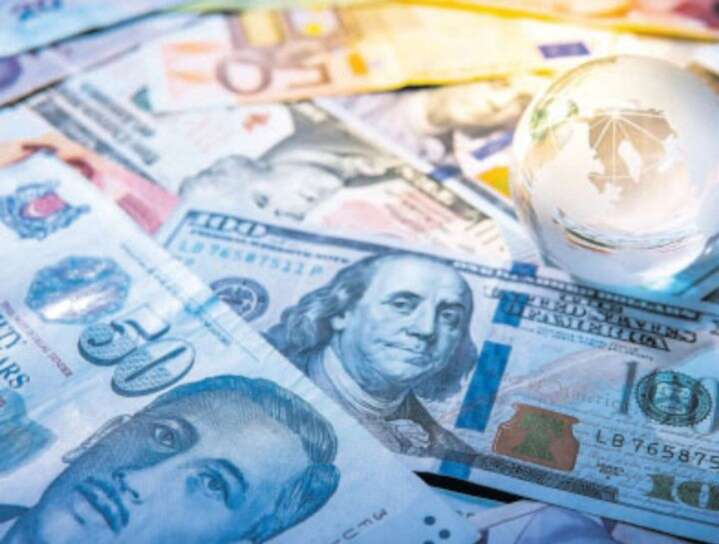IN a globalised economy the use of a single, dominant currency allows for ease and efficiency of trading between countries. With each country having their own currency, trading with multiple partners is more difficult when having to pay for goods and services from each trading partner in varying currencies. The single, dominant currency needs to be one that is stable and can easily be bought and sold. For over 60 years the United States dollar has taken on this role and had been the world’s primary reserve currency used for global trading.
Over the past few months there have been talks and moves made between trading partners to ditch the US dollar and trade in their local currencies. An example of this is an agreement between Brazil and China to trade in their local currencies and bypass the US dollar. This can be beneficial to the participating countries as converting to a third currency can be more costly than making payments in the local currency. Since the move by Brazil and China more countries have expressed interest in taking similar actions, for varying reasons. There are now talks of the BRICS countries (Brazil, Russia, India, China and South Africa) possibly developing a single currency. This currency would be tied to a basket of the individual curren
https://www.jamaicaobserver.com/business/the-us-dollar-dominance/




Leave A Comment